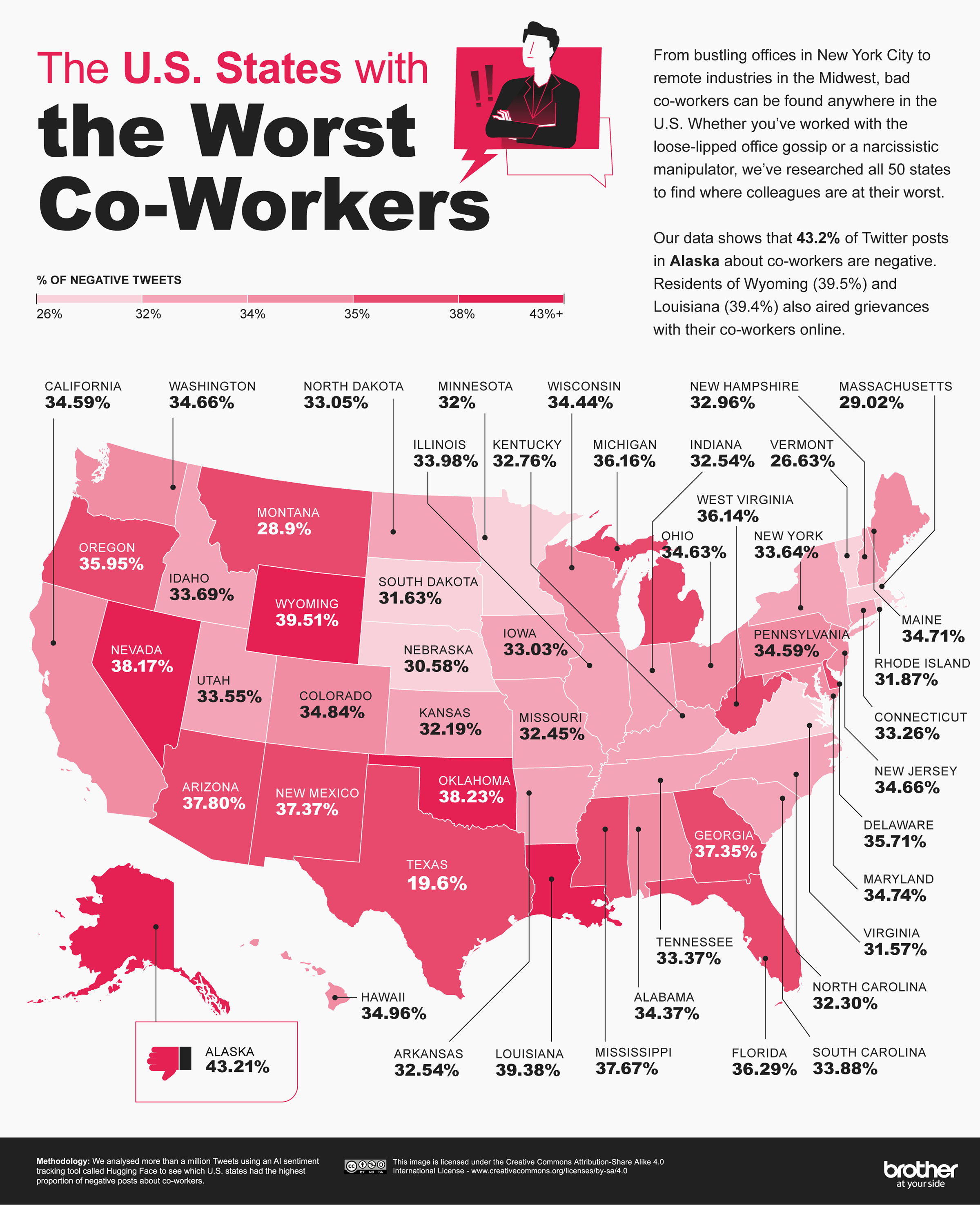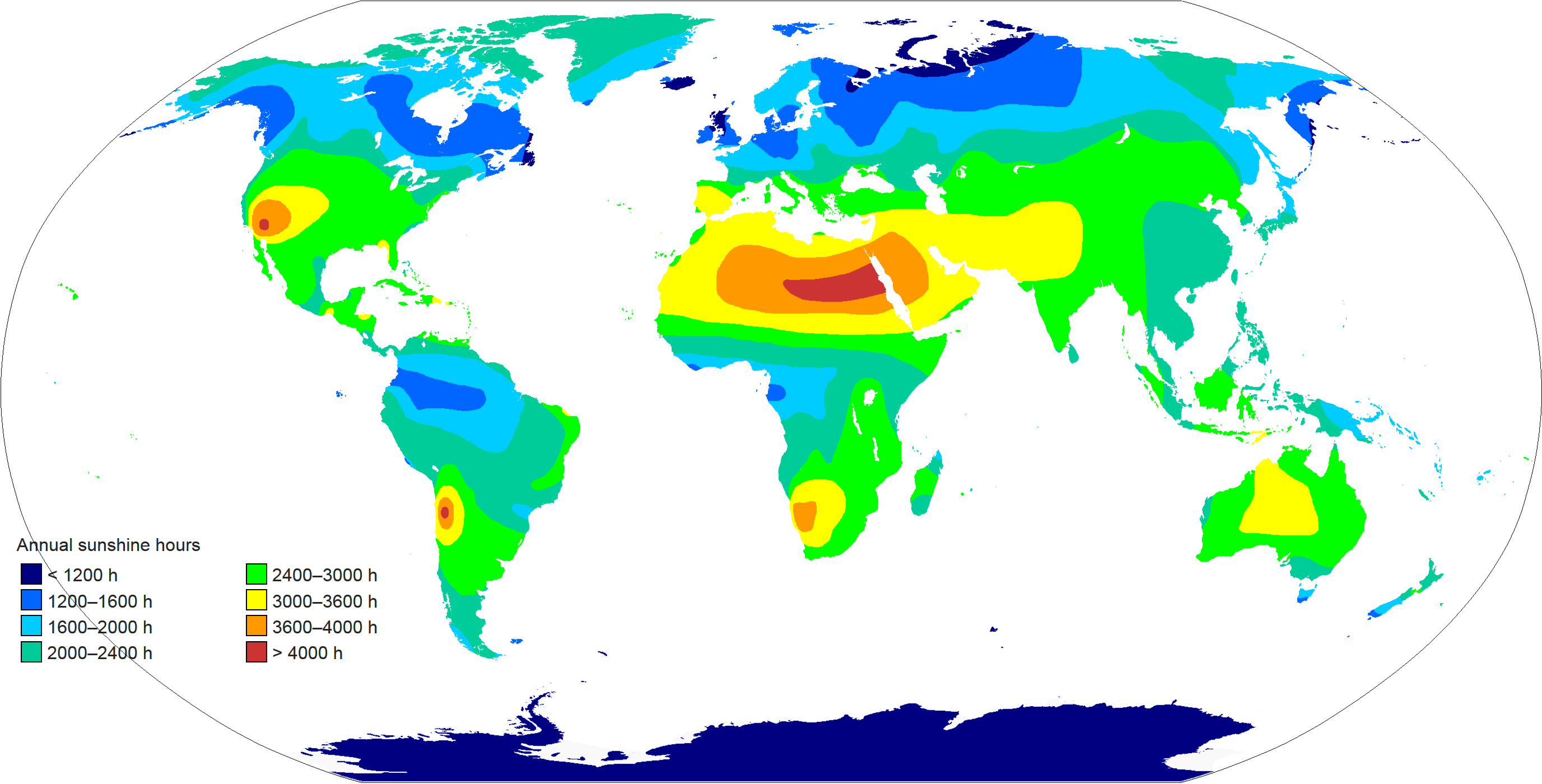Siesta Nations: A Map of Midday Rest Traditions Around the World

Not long ago, Greece passed local noise ordinances to protect the quiet of the early afternoon. In rural Italy, shops still shut their doors after lunch so people can rest. And in the Philippines, many smaller towns and workplaces continue the tradition of the “idlip”—a short midday nap—even as cities modernize. These aren’t just cultural relics. In a warming world, they’re becoming practical again. Outdoor workers across Southern Europe have organized to demand protections from extreme midday heat, and the idea of resting during the hottest hours is gaining new relevance.
The word siesta comes from Latin hora sexta, meaning “the sixth hour” after dawn, or roughly noon. In Roman times, this was a moment to pause. The idea was absorbed into Catholic monastic rules and gradually became a social habit across Spain and much of the Mediterranean. The 2 p.m. lull became a familiar rhythm: eat, nap, resume.
Spain is perhaps the country most famously associated with siesta culture, although its practice today is not as widespread as tourists might imagine. Modern work hours have pushed the tradition into decline in urban areas, but in smaller towns, particularly during summer, siestas are still alive and well. Typical rest time in Spain ranges mainly from 2 p.m. to 4 p.m. or even 5 p.m., depending on local customs and climate.
Italy has its own version—called riposo. In many small towns and southern regions, life slows down from about 1 p.m. to 4 p.m. People return home, eat, and rest. Shops close, streets empty. It’s not enforced by law, but it’s built into the rhythm of daily life.
In Greece, the tradition is called kalo mesimeri, meaning “good midday.” It’s still common to wish people this around lunchtime, and quiet hours are often legally protected in many municipalities. These hours usually fall between 2 p.m. and 5 p.m., particularly in summer (Yawnder, Beelinguapp).
Further afield, siesta-like customs show up in countries with both hot climates and colonial connections. In Nigeria, for example, short midday naps are common among workers facing long commutes and stressful conditions. In the Philippines, the word idlip refers to a brief nap, usually around midday. Spanish colonial influence left its mark here, and in rural areas, the habit still makes practical sense.
In Mexico, Ecuador, and Costa Rica, midday breaks are also part of traditional daily life, especially in regions where heat and meal culture support stepping away from work in the early afternoon. The practice varies more widely in Latin America, but it’s often strongest in smaller towns and agricultural areas.
Here’s a quick overview of siesta timings in different countries:
| Country | Local Name | Typical Time | Approximate Duration |
|---|---|---|---|
| Spain | Siesta | 2–5 p.m. | 20 mins – 2 hours |
| Italy | Riposo | 1–4 p.m. | 1–3 hours |
| Greece | Kalo Mesimeri | 2–5 p.m. | 1–2 hours |
| Nigeria | — | Around noon | 20–30 minutes |
| Philippines | Idlip | Early afternoon | 20–30 minutes |
| Mexico | — | 2–4 p.m. (varies) | Varies |
| Ecuador | — | Early afternoon | Varies |
| Costa Rica | — | Early afternoon | Varies |
Though some countries rest year-round, siestas are often seasonal. In Southern Europe, they’re more common in summer when the heat is intense. In tropical countries like the Philippines or Nigeria, they’re useful year-round.








